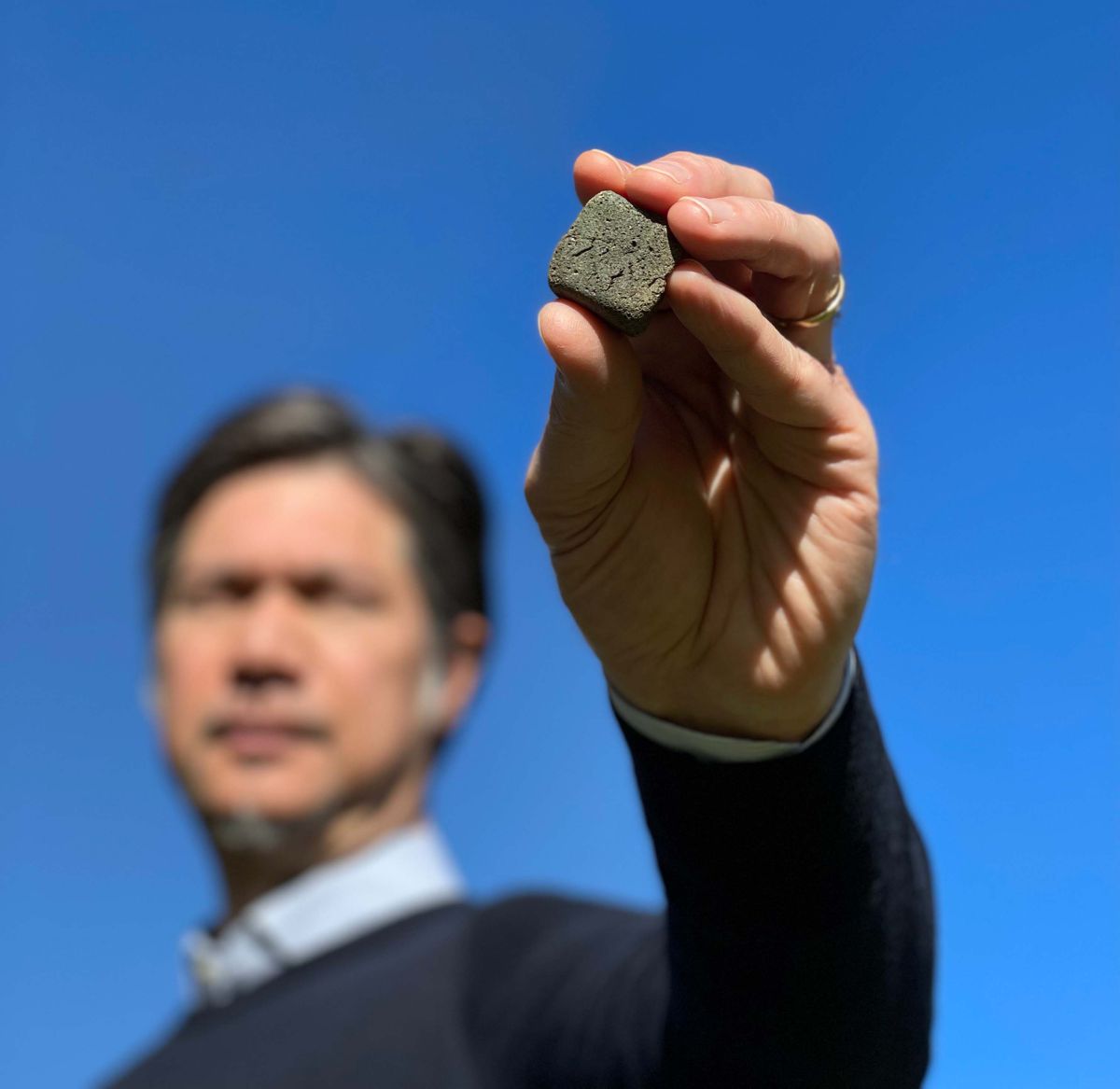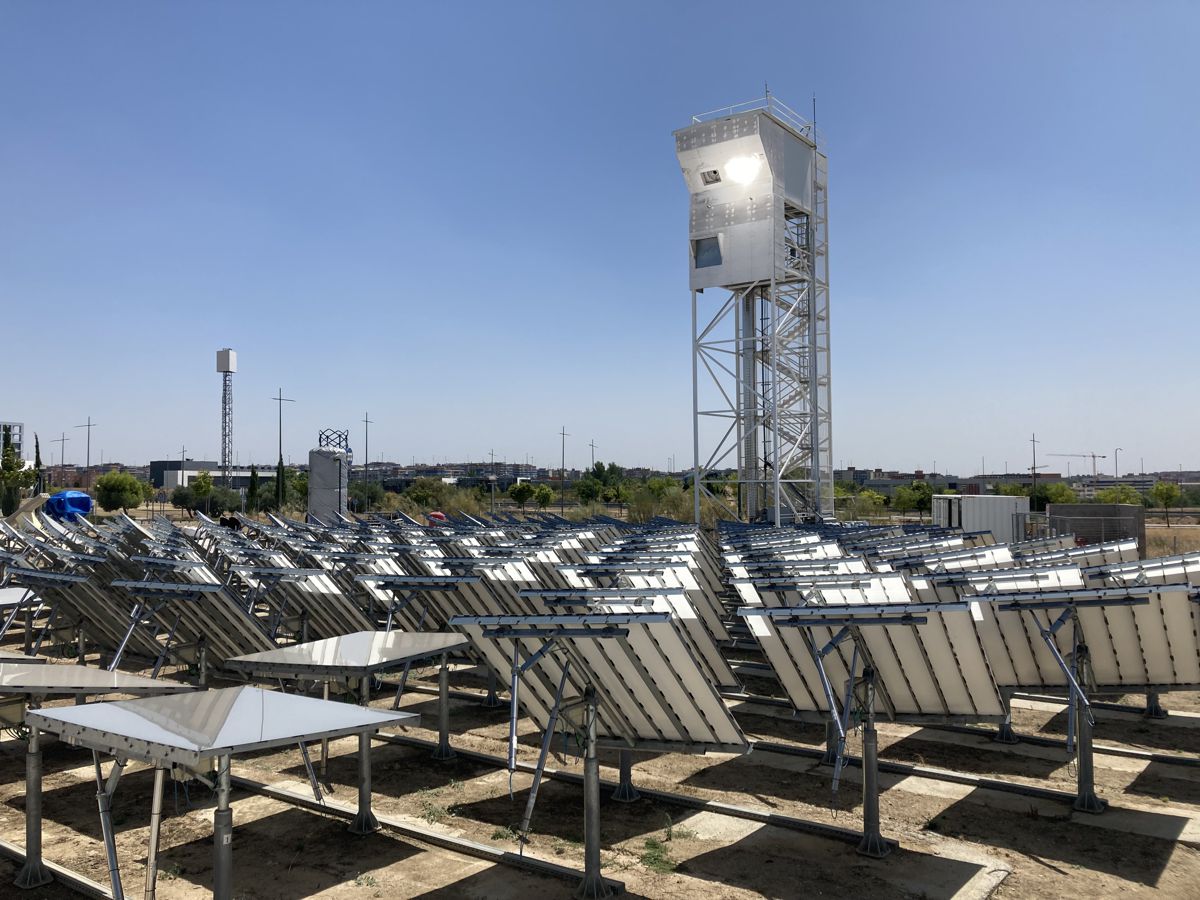CEMEX and Synhelion develop fully solar powered Cement Plants
CEMEX, S.A.B. de C.V. and Synhelion announce the successful production of the world’s first solar clinker, the key component of cement, a significant step towards developing fully solar-driven cement plants.
Clinker is produced by fusing together limestone, clay, and other materials in a rotary kiln at temperatures nearing 1,500°C. Fossil fuels are typically used to heat the kiln and they are responsible for approximately 40% of direct CO2 emissions of the process. Replacing fossil fuels entirely with solar energy is a gamechanger in the industry’s efforts to achieve carbon neutrality by 2050.
“The production of the first solar clinker is an exciting milestone for this transformational technology. It is proof of our commitment to deliver tangible outcomes through innovation to achieve our goal of delivering only net-zero CO2 concrete by 2050,” said Fernando A. Gonzalez, CEO of CEMEX. “CEMEX is building a better future, and that future must be sustainable.”

The Synhelion and CEMEX R&D teams set up a pilot batch production unit to produce clinker from concentrated solar radiation by connecting the clinker production process with the Synhelion solar receiver. The pilot was installed at the Very High Concentration Solar Tower of IMDEA Energy, located in Spain. Synhelion’s solar receiver delivers record-breaking temperatures reaching beyond 1,500°C. The solar receiver heats a gaseous heat transfer fluid and thus provides the necessary process heat for clinker production.
“Our technology converts concentrated sunlight into the hottest existing solar process heat – beyond 1,500°C – on the market,” said Dr. Gianluca Ambrosetti, CEO and Co-Founder of Synhelion. “We are proud to demonstrate together with CEMEX one specific industrially relevant application of our fully renewable, high-temperature solar heat.”
The pilot is the first successful calcination and, more importantly, the first successful clinkerization ever achieved using only solar energy. The clinker was used to produce cement and was then further processed to produce concrete. In the next phase of their joint research and development project, CEMEX and Synhelion aim to produce solar clinker in larger quantities as they work towards an industrial scale pilot at a cement plant.
This initiative is part of CEMEX’s Future in Action program, which focuses on reducing the carbon footprint of its operations and products to deliver globally net-zero CO2 concrete by 2050. An essential part of this strategy is CEMEX Ventures and its R&D Centre in Switzerland. Through them, CEMEX is discovering and investing in the companies they believe will provide the proven, scalable technologies to achieve carbon neutrality.




















